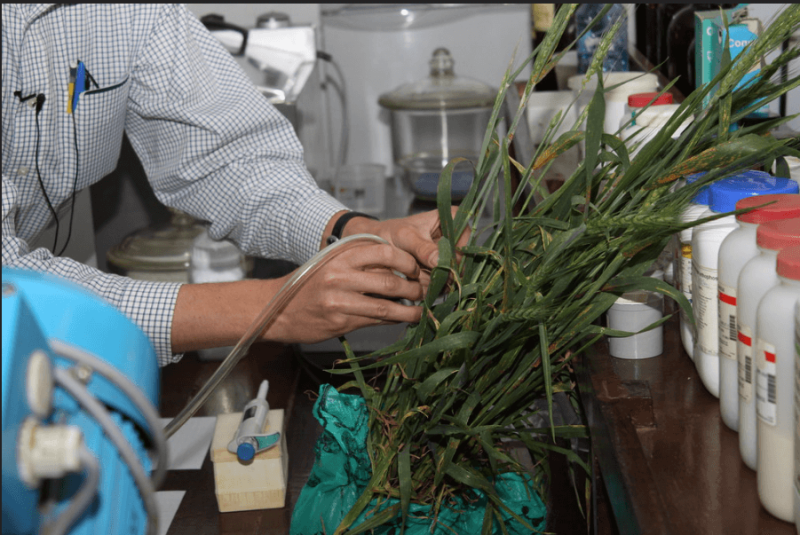When the CRISPR gene editor landed in U.S. plant science labs a decade ago, allowing researchers to tweak a crop’s own DNA instead of pasting in foreign genes, hopes rose that it would pave the way for looser regulation of genetically modified crops. Last year, the U.S. Department of Agriculture (USDA) gave plant scientists much of their wish, exempting certain gene-edited changes to plants. But the Environmental Protection Agency (EPA) is taking a tougher stance.
EPA said that like USDA, it will exempt gene-edited plants from an in-depth review process if the change could have been achieved with conventional breeding. But under its mandate to ensure safety for humans and wildlife, EPA will still require developers to submit data showing that plants that have been gene edited to resist pests—for example, by producing more of a naturally occurring toxic protein—won’t harm other components of the plant’s ecosystem or sicken people.
…
“EPA’s new rule adds bureaucratic layers of red tape,” ASTA Director Andy LaVigne said in a statement. “The ramifications of EPA’s policy for U.S. innovation are potentially widespread and significant, especially when it comes to impacts on small and medium-sized entities in the U.S.—particularly in fruits, vegetables and other small acreage crops.”































